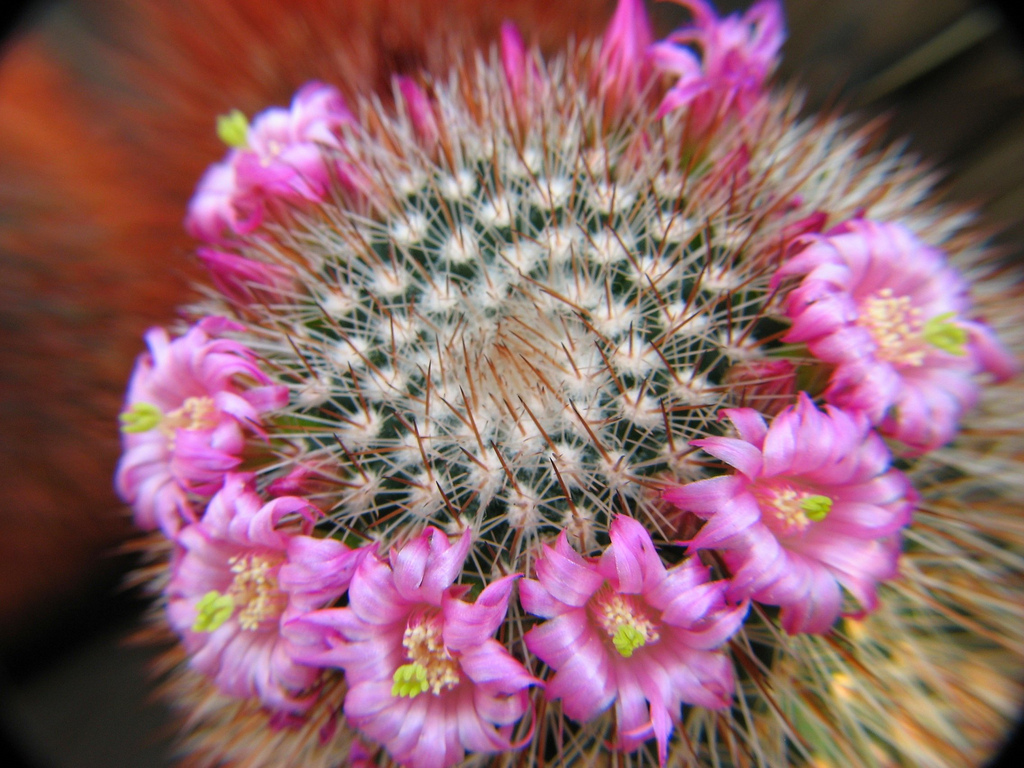Like this article? rabble is reader-supported journalism. Chip in to keep stories like these coming.
It’s prickly business for cactus researchers, thanks to a host of threats facing the species. Though cacti are known best to many Canadians as drought-tolerant houseplants, their wild members are in big trouble — and it’s likely to get worse.
According to a report jointly conducted by the International Union for the Conservation of Nature and the University of Exeter, an astonishing 31 per cent of the world’s species of cacti are threatened with extinction. Published on Oct. 7 in the journal Nature Plants, the study was the first comprehensive global assessment of cactus species.
“It was surprising that they were so highly threatened,” says Barbara Goettsch, the study’s lead author and the Red List Authority Coordinator for the IUCN. “We were expecting that they would have around 20 or 25 per cent of species on the threat list, but when we completed the study the number was much higher.”
For cacti that are already threatened, illegal trade and unsustainable harvesting are the greatest factors driving them to extinction, affecting nearly half of threatened species. In comparison, the next-largest threat — small-scale ranching — affects a third. Small-scale agriculture, the third-largest menace to threatened populations, affects only a quarter.
“In particular, we were surprised about the illegal trade part of it,” says Goettsch. “We were surprised to find many species were still affected by it, because in the market they’re basically available from nurseries and seeds. And we were not expecting this to come up as high as it did, to be the main driver of threat among threatened cacti.”
Typically, illegally harvested plants end up on the ornamental plant market in Europe or Asia, where horticulturalists and collectors eagerly snatch them up. There, says Geotsch, a single cactus can sell for thousands of dollars.
To Rolando Barcenas, the effects of the illicit trade are easy to spot. A biologist at the National Autonomous University of Mexico and co-author of the IUCN study, he’s studied the cactus trafficking for more than a decade. In his eyes, the study evidences a worrying trend.
“My fear with the project with Barbara is that numbers are increasing now,” he says. “Species are becoming rarer and rarer by each year, and so people pay a lot of money for those plants.”
He’s concerned that as the plants increase in value, so does the temptation to engage in illegal trade.
“It’s scary how many plants they are taking out from the wild,” he says.
With unsustainable harvesting and illegal trafficking posing such a significant threat, researchers are resorting to secrecy to keep collectors at bay. In an attempt to protect populations, the precise locations of many newly discovered cacti, such as mammillaria luethyi, are known only to a small number of experts.
Unscrupulous harvesting is especially damning for cactus populations because of how long it takes them to grow back. Barcenas says the problem is further compounded by the selective nature of traffickers, who often take mature plants that are essential to the cacti’s recovery.
Though he’s never encountered the cactus thieves personally, the destruction left in their wake is all too common in his fieldwork.
“Some of the guys from the community, they’ll tell us ‘oh, last week these guys, just like 15 guys with trucks, loaded the plants.’ And you can see the big holes and remains from some of the plants, because they have fallen out of the bag or something,” he says. “And we come back sometimes where we were collecting [for research purposes], I don’t know, five years ago, and the numbers are really low.”
Richard Thomas is a spokesperson for Traffic, an international organization that monitors the illegal trade of plants and wildlife. He says it’s important not to underestimate the impacts of the illegal plant trade, especially from a broader conservation standpoint. “More often than not, illegal trade is unsustainable, which is obviously a major conservation concern,” he says.
“People should remember that we’re all ultimately dependent on plants. There’s a huge conservation focus on other wildlife and plants tend to be forgotten, but they are vital.”
In fact, cacti are the fifth-most threatened group on the IUCN red list, surpassing both mammals and birds. Only cycads, amphibians, corals and conifers rank above them.
It’s a precarious position that isn’t without cost. A variety of animals, from coyotes to lizards, depend on cacti for food and shelter. Humans also have a role to play — according to the study, people use more than half of the world’s cactus species, typically for food, medicine, or ornamental horticulture.
Although the stakes are high, Barcenas is hopeful the new study will encourage spur the international community to take stronger measures in cacti conservation and protection. “I hope with this paper we can show them, ‘look, here’s a formation. Now, you have to do international preparations,'” he says.

Jen Halsall is studying journalism and history at Carleton University in Ottawa. She also makes very small, very cute terrariums and sells them on the Internet. She is rabble’s 2015-16 blogs intern.
Like this article? rabble is reader-supported journalism. Chip in to keep stories like these coming.



